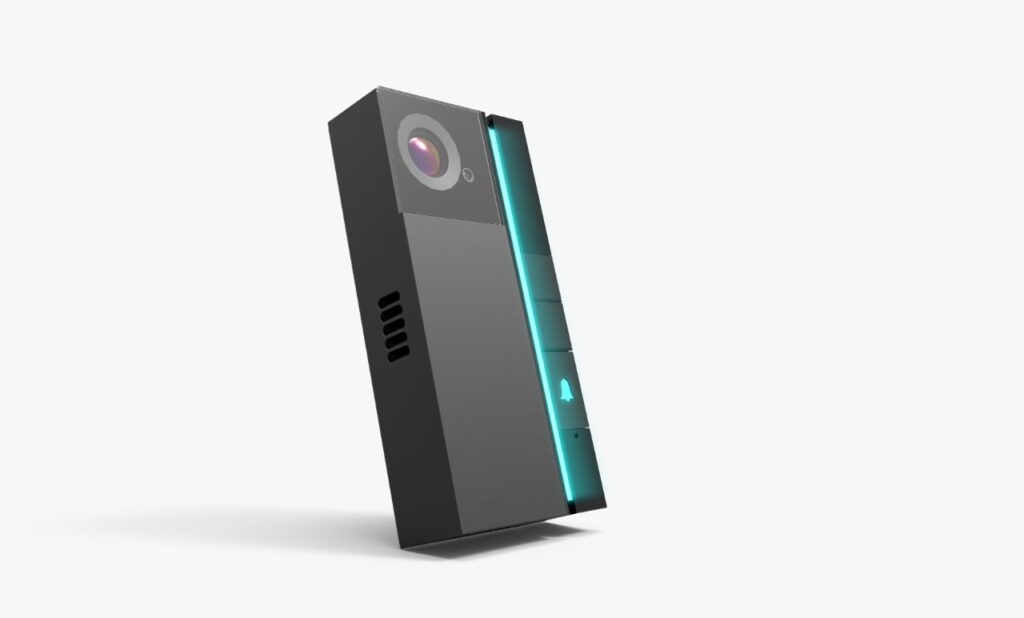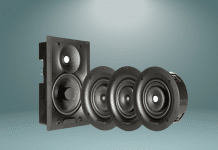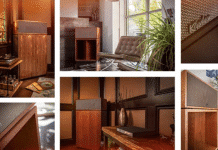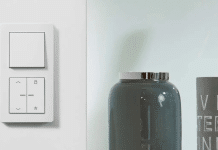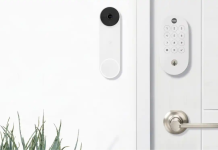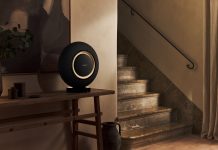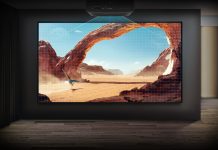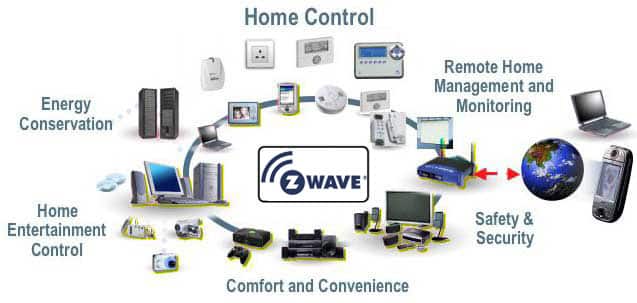
The cutting-edge technology certification offers a higher level of security while ensuring power consumption.
The wireless, interoperable communication protocol Z-Wave is an RF-based technology, ideated and developed especially for monitoring and reading status of the residential and commercial environments. Offering affordable, reliable and user-friendly smart products to millions of people, Z-Wave is being broadly used in a wide range of smart home applications like lighting, security, entertainment. Today, more than 300 manufacturers are adopting this technology and using it in thousands of devices. For Z-Wave vendors to create their products, there are various open-source options available. All they need is a Z-Wave transceiver and a Z-Wave OEM to kickstart the production.

“Z-Wave is the first wireless protocol on SoC specifically developed for Home Automation. The main advantage of Z-Wave is interoperability and after two decades, still, Z-Wave is the only SOC with a wide range of devices with the best interoperability compared to Zigbee, Bluetooth mesh and Wi-Fi. Z-Wave alliance was formed in 2005 and being part of the Z-wave alliance gives credibility and assurance of the quality of products to the customer and best of all to mix and match products across brands and manufacturers. The Z-Wave ecosystem encompasses more than 3,000 interoperable products from more than 700 leading worldwide brands. Confio Technologies takes pride in being the only manufacturer of the Z-Wave Alliance program from India since the year 2015. Confio is OEM and ODM two of Forbes top 10 Automation companies in the world. Our products use the reliability of Z-wave along with rugged specifications to meet the tough Indian electrical conditions.
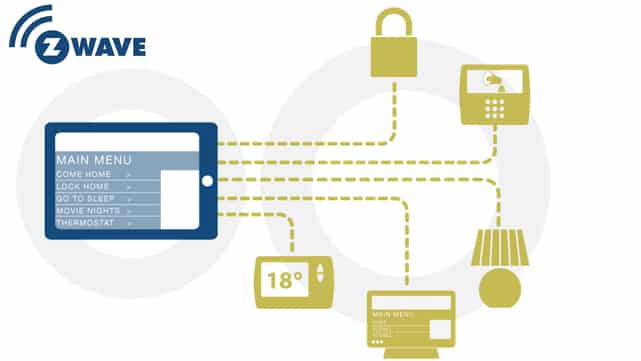
With an in-house team of 60+ engineers, Confio products have been designed ground up and can maintain one of the smallest form factors. Along with a five-year warranty for builders participating in the RERA program. With a growing list of products from Lighting dimmers to Fan controllers and cyber security certified Gateway & APP, Confio is now a global brand. The products are now being sold in Asia Pacific, Europe and very soon in the USA”, says Siva Nutalapati, Founder, Confio Home Automation.

Keeping in mind the band restrictions in different geographies, Z-Wave offers distinct legally admissible frequencies to various regions. With a longer wavelength and lower frequency, Z-Wave can effortlessly penetrate objects and walls, while setting up a faster and dependable communication topology between the Z-Wave devices. Using a source-routed mesh network, which comprises one primary node, also known as hub and numerous secondary nodes, referred to as sensors, the technology operates in the sub-1GHz band.
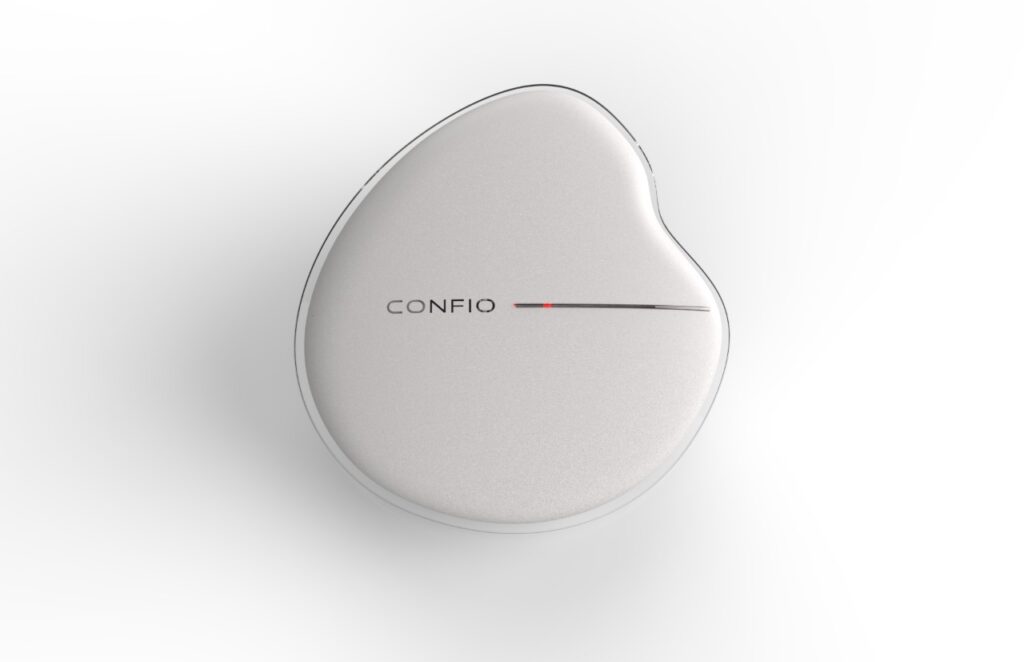
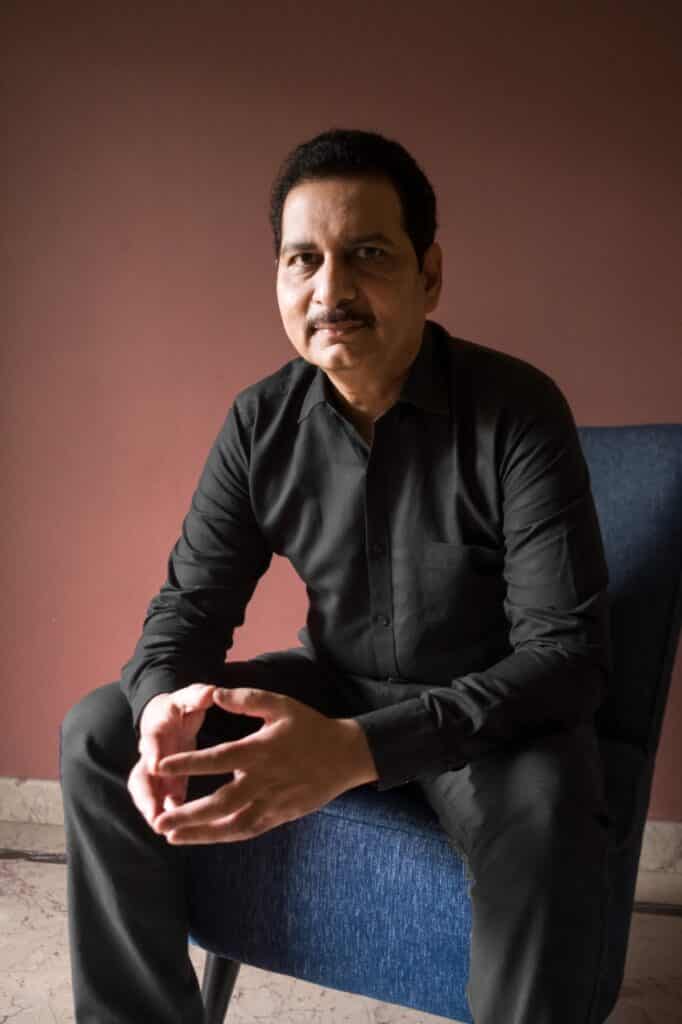
Siva Nutalapati, Founder, Confio Home Automation.
The Z-Wave networks identify primary controllers by network IDs and secondary nodes by Node IDs. The Network IDs are assigned to all configured devices by the primary controller. Therefore, all devices feature the same Network ID within a Z-Wave network. The mesh network topology allows the primary controller to send messages to the remotely located target Z-Wave device, by routing the signal through the interposed devices. Wall switches, alarm systems, lighting solutions, Z-Wave locks, roller shutters are among the Z-Wave products, widely available in the market.

Primary Features
- Using low transmission power, Z-Wave promises 3-5 years of battery life.
- Z-Wave provides a 100 kbps data rate along with high security through AES128 encryption.
- Z-Wave communication protocol will never interfere with Wi-Fi or any other signals within a house, as it works on a different frequency.
- Up to 232 configured devices can be controlled by a Z-Wave network.
- It is widely used in smart home security systems and enables the users to club applications like security, entertainment and lighting automation by offering the facility of interoperability among devices working on Z-Wave.
- It is the second most popular communication protocol after ZigBee, which works at 2.4 GHz wireless frequency, whereas Z-Wave operates at 900 MHz.

Z-Wave by itself is a revolutionary technology because it transformed the whole smart home industry landscape. Gone were the days when one had to build a home with special wiring and specialised switches to make it smart. “Z-Wave is completely wireless and retrofit, which means it effortlessly automates every home, whether old or now, without the need for civil work. This has widened the market for smart home installers, who now can automate a home within days, which previously took months. This is why Fibaro, which has been associated with Z-Wave for more than a decade, has a huge variety of devices including the most powerful processor in the smart home industry based on this technology. The significant benefit of the Fibaro smart home system is edge processing, so it does not depend on the internet for its intelligence, making the whole solution nimble and fast, in addition to other advantages like comfort, security and power savings. Furthermore, Fibaro provides open APIs that help installers to integrate it with hundreds of other smart home devices as well as add on Fibaro devices to update existing wired smart homes based on technologies like KNX. All these add immense value to the discerning end customer”, says Fazlur Rehman, Drasis Software Solutions Pvt Ltd.




